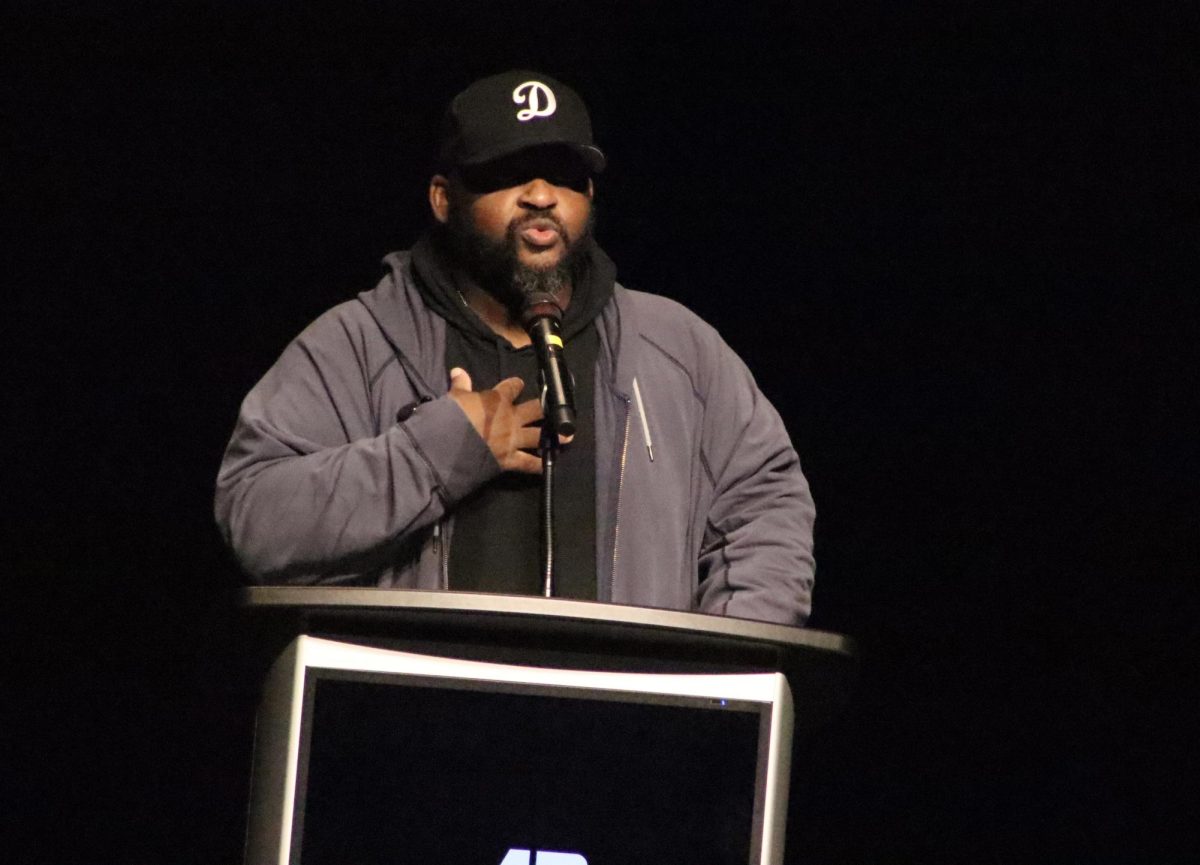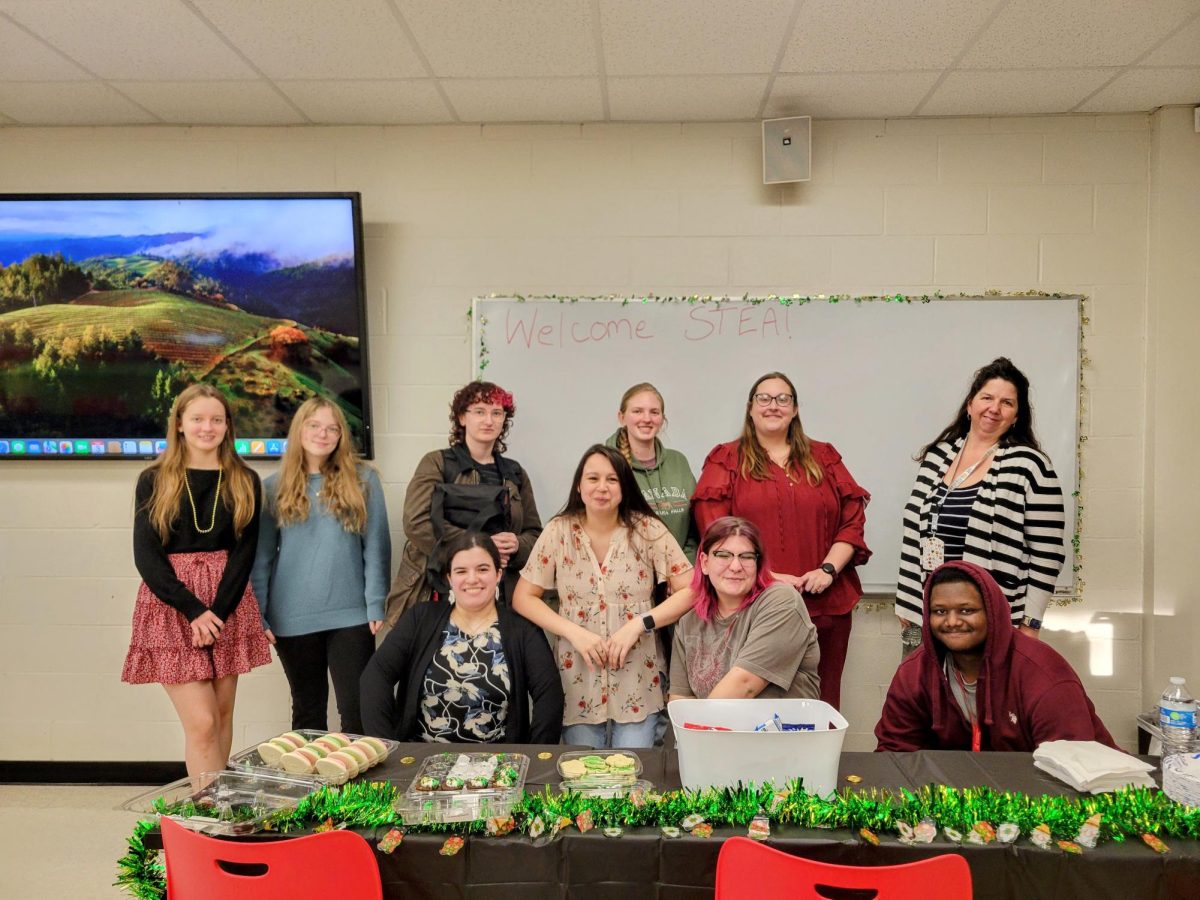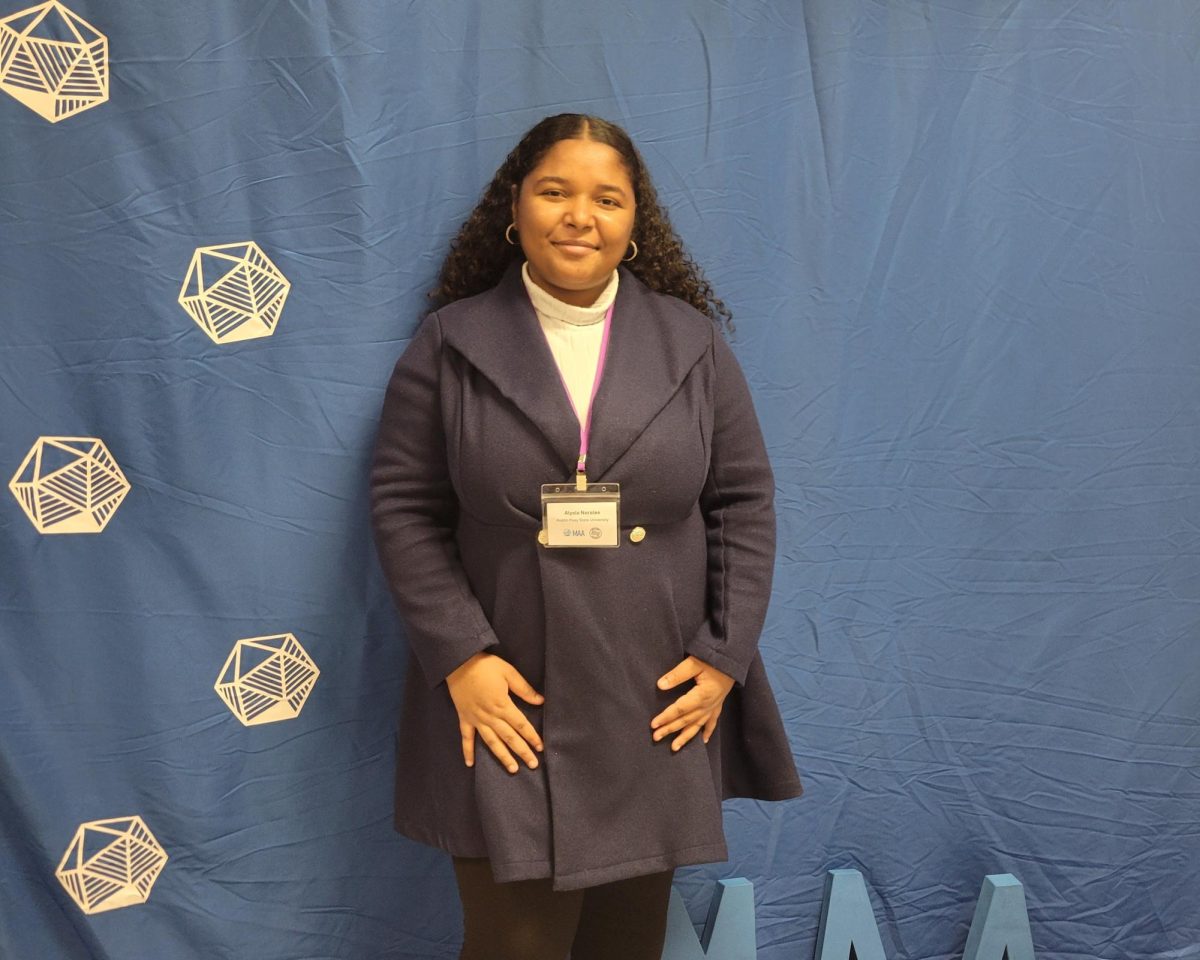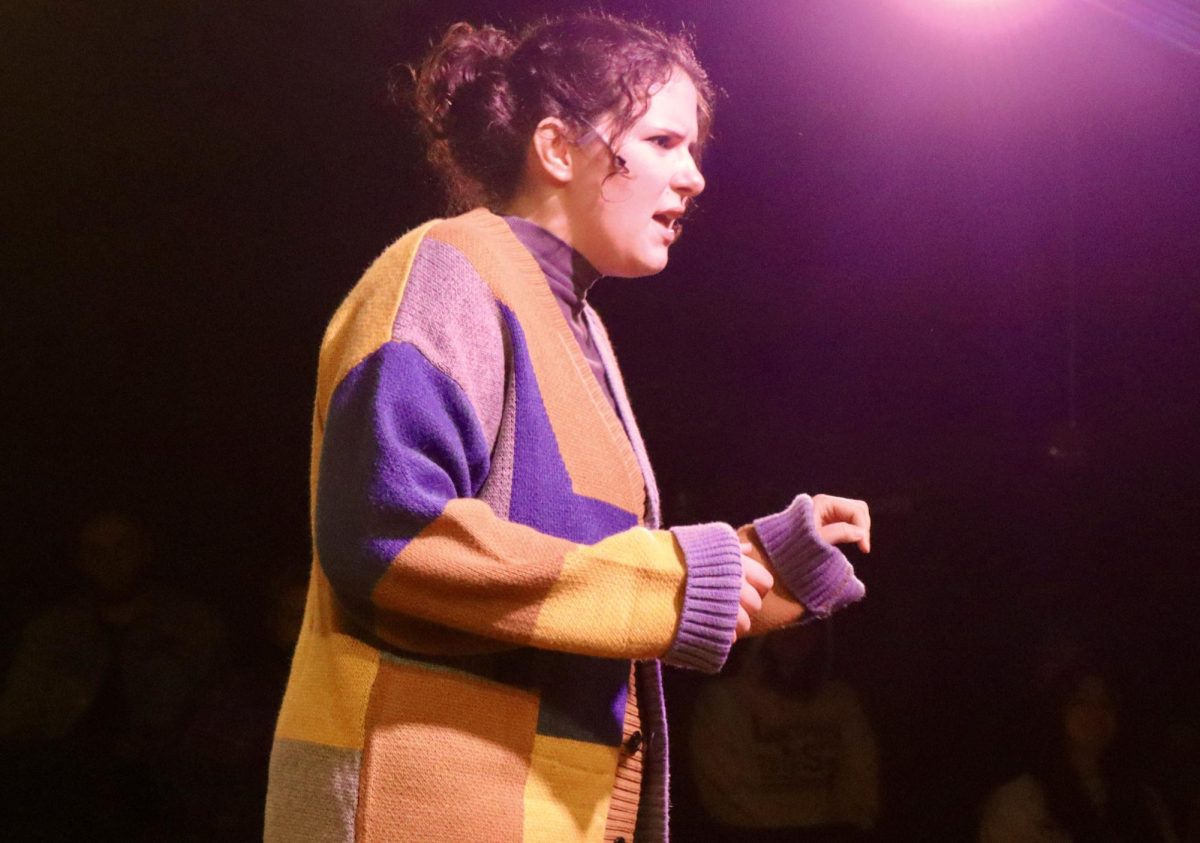Emma Watson and Dan Stevens star in Bill Condon’s re-imagining of the “tale as old as time” as Belle, the sheltered and restless young beauty from a small town, and the Beast, a prince who was cursed to be a monstrous beast until he can learn to love another and be loved in return. Though in a lot of ways the new movie mimics the old, and the new adaptation is far from flawless, there were enough improvements and changes to justify the new film and create an incredible experience for old and new fans alike.
“Beauty and the Beast” finds its strongest improvements in story structure, logical development and filling small holes from the first film to the next. Though issues like Gaston treating Maurice as a loon when he desperately wants Belle’s hand in marriage, the Beast having been implied to be around 11 when he was cursed for the malice of not allowing a shady-looking old woman into his parents’ castle and nearby citizens forgetting an heir to the throne and all his castle’s inhabitants a short horse’s ride from their town seem like small things you might only notice if you are over-thinking the original cartoon classic, it is very satisfying to see these changed when given an hour more of screen time. Even the love between Belle and the Beast has grown more gradual and believable, showing the common interests, personality quirks and elements of their backstories that bond them, instead of showing a brief montage of cute moments alone.
Belle and the Beast both undergo a huge makeover in personality. Belle, who in the original is adventurous, self-confident and kind, is replaced with Watson’s Belle, who instead is designed to be more intelligent, inventive and sometimes self-conscious. Whereas Belle in the original is just sad not to have anyone she can talk to in her village, Watson’s Belle seems genuinely unhappy the town dislikes her, probably in part because the town more actively abuses her for being herself. The Beast in the original is exclusively explosive in the beginning and shows his main development in being somewhat domesticated by his feelings for Belle, from learning to be more polite at the dinner table, take care of animals and read, to simply being kinder to those around him.
Stevens’ Beast has an issue with his temper, but from the beginning seems to be much more of a human personality in his own right. He is already well read due to his expensive education as a prince, and it is apparent even knowing love is his only escape, he has a very low opinion of romance on an intellectual level. He has to be moved by Belle in more ways than her looks and a few kind moments to come to understand what love is, as the curse requires.
Belle’s father, Maurice, is a character built more to be admired and supported by the audience rather than pitied and giggled at. LeFou is plainly more intelligent and stable, and not only has some of the most insightful banter in the film, but proves to have his own character arc in coming to finding Gaston not only will not change, but does not value their friendship any more than he values any of the others he steps on in the town.
The visuals are entrancing, based on a combination of CGI and motion capture that makes the environment look as real as possible. To create the Beast, Stevens spent most of the film in a 40-pound suit with large stilts to make him the correct height, and when the look of the Beast was fleshed out afterward, Stevens acted out every scene again on his own via facial features, so that motion capture could meld the human emotion on his face onto the CGI on his head and figure.
My biggest issues were small, in comparison to all the film did right, but one thing that did bother me was the stab they took at diversity. In the opening ballroom scene, there almost appears to be one African-French person for every white person in the crowd. Almost all of the background couples turn out to be interracial in some way, with a couple of exceptions. The filmmakers even went out of their way to announce that LeFou is gay prior to th film’s release, and the controversy over this detail has made the movie argued about both inside and outside the U.S. for weeks now.
Instead of the outcome feeling like a groundbreaking example of representation, it feels like tokenism. Belle, the Beast and most central characters remain white, and this actually would not have bothered me very much in this explicitly European setting, except for the increased pressure they put on making sure non-white people were everywhere you looked. Non-white people are there, and I give the movie points for that, since so many movies do not do even that much.
The effort feels empty, however, when all of their diversity remains in the people you do not have to look directly at to follow the story. Lefou being gay does not feel like a stride forward in representation, or even a notable detail in the film. Lefou was charming, vibrant and in some ways stereotypical, but his being gay is never explicit.
There is a split-second moment at the end of the movie where a woman spins out of his arm and a man spirals in, which, between Disney humor and the look of confusion on Lefou’s face, feels more like a jab at the character acting stereotypically gay than an actual revelation, and was over so quickly it could be easily missed.
The film overall was a wonderful extension of the original. The flaws were afterthoughts for me. I laughed, I cried and I became invested in what was occurring on the screen. This is a remake worthy of watching again.







